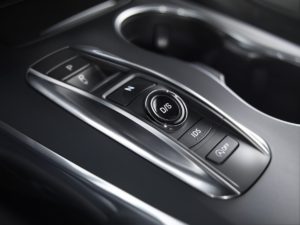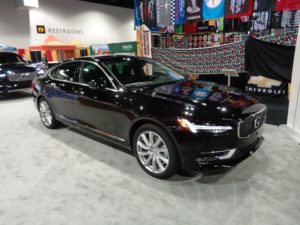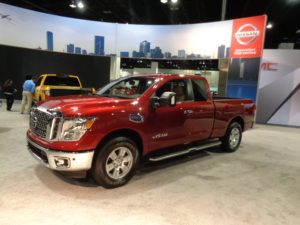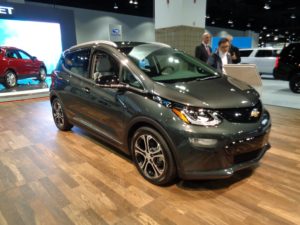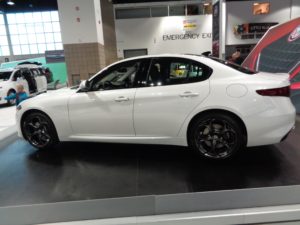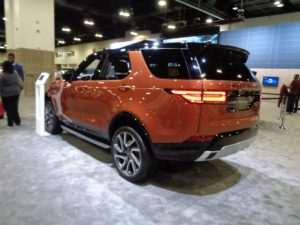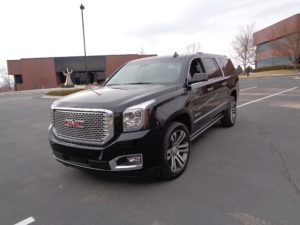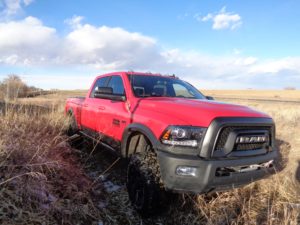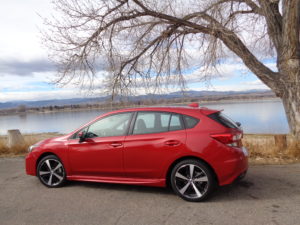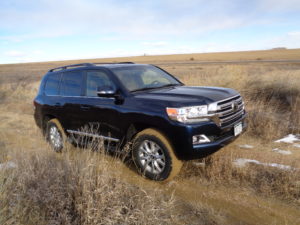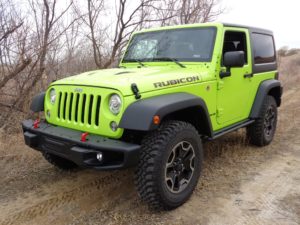
Mannerisms of a smaller vehicle were credited to the big Ford truck after it carried me through the foothills near Masonville and over some of the Green Ridge roads north of the Big Thompson Canyon in Larimer County.
It’s the re-done 2017 F-250 Super Duty pickup. Nimble as it performs, it is big-time tough and Ford intends it to lead the all-American heavy-duty market. It supports that perceived crown with its 6.7-liter Power Stroke V-8 turbodiesel engine, which produces 925 lb.-ft. of torque and 440 horsepower.
That torque mark edges its rivals, the Chevy Silverado and GMC Sierra Duramax turbodiesel ratings of 910 lb.-ft. and 445 horsepower and Ram’s Cummins’ 6.7-liter inline-6 turbodiesel’s 900 torque and 385 horsepower.
The single-rear-wheels Super Duty is the King Ranch edition of the 4X4 Crew Cab model, finished in white gold exterior.
It’s beneath that beautiful paint job, though, that lies one of the bigger changes for 2017 – an all-aluminum body. The body of aluminum introduced to the F-150 in 2015 has now been extended to the three-quarter-ton and one-ton Fords for this year. It saves 350 pounds.
The lighter body rides on a new fully-boxed steel frame, which increases payload and tow capacity for Ford. The frame rails are 1.5 inches taller and the high-strength steel is approximately 24 percent stiffer than the previous frame. Fifth-wheel gooseneck towing can reach 21,000 pounds.
Curb weight for the F-250 is around 7,000 pounds on a wheelbase of almost 160 inches, with a bed length of 6-feet-10 and width between the wheel wells of 4 feet, 2 ½ inches.
LED lights frame the headlamps on each side of the large grille. Open the driver door into the renewed cabin and a 6 ½-inch-width running board extends from beneath the frame edge for easy step-in.
Push a button and the wide-out side mirrors will fold in against the truck. Another button will extend the mirrors a couple inches farther out for improved rear view.
Java-colored leather seating is heated and ventilated in front and heated in the rear. The roomy interior will seat as many as six passengers. An 8-inch display screen covers navigation, audio and rearview camera. The ring atop the two cupholders in the center console can be slid toward the driver to double capacity to four cups.
The turbodiesel with the 6-speed automatic transmission is a strong hill-climber in the lower gears. It will cruise a rolling highway at 18 miles per gallon of diesel fuel (34-gallon tank); in the city and up and down hills, the average will fall noticeably. My overall average with the truck was 15.9 mpg.
Base price for an F-250 Super Duty 4X4 begins in the mid-$30s; base on the Crew Cab King Ranch goes all the way up to $57,455. Add the turbodiesel at $8,595 and other options, such as chrome package, 20-inch aluminum wheels, lane-keeping alert and spray-in bedliner, and the sticker price reaches $76,275.
The King Ranch has long been a favorite edition for high-end Ford trucks. The legendary ranch, which dates back more than 160 years in south Texas, covers 825,000 acrees.

